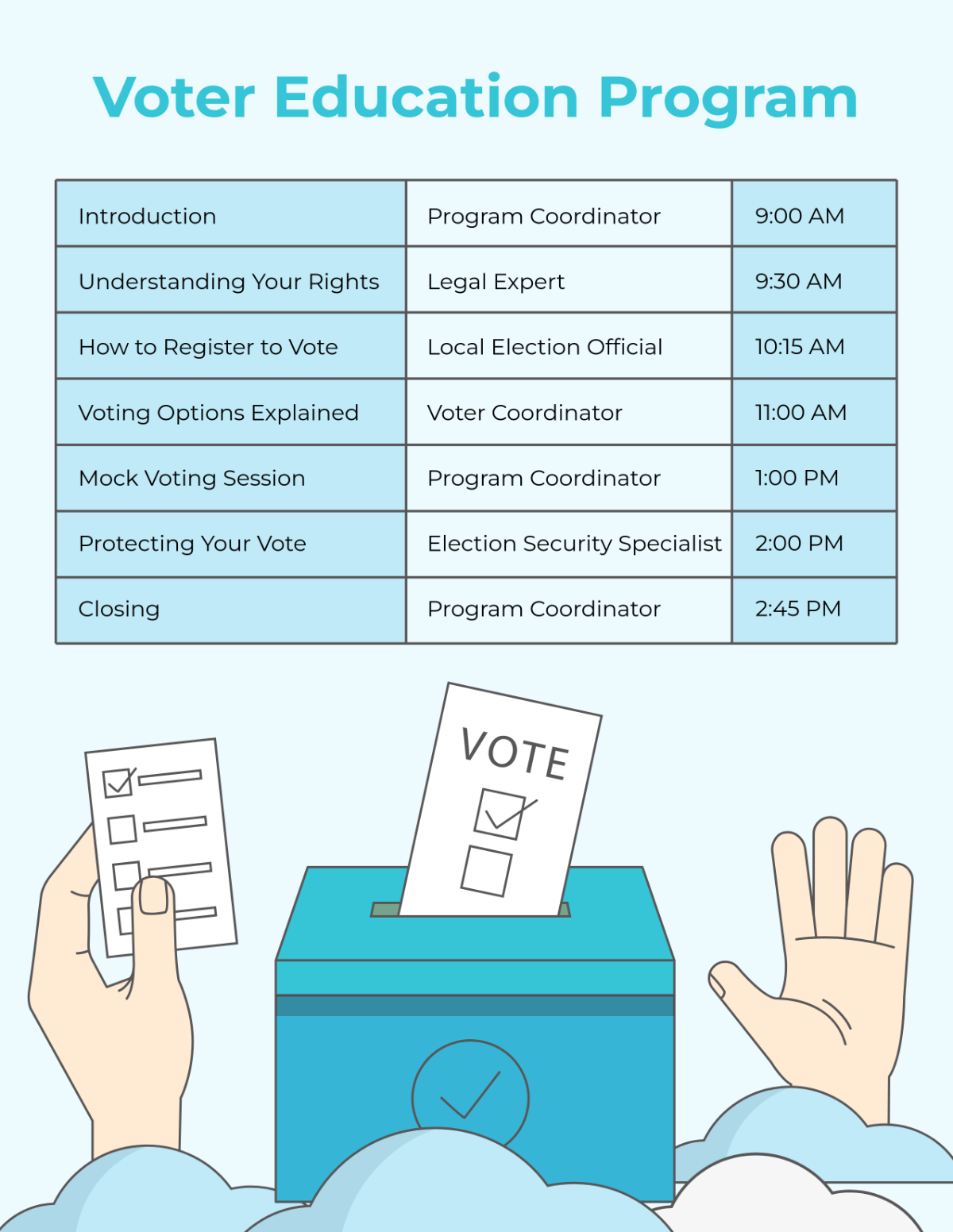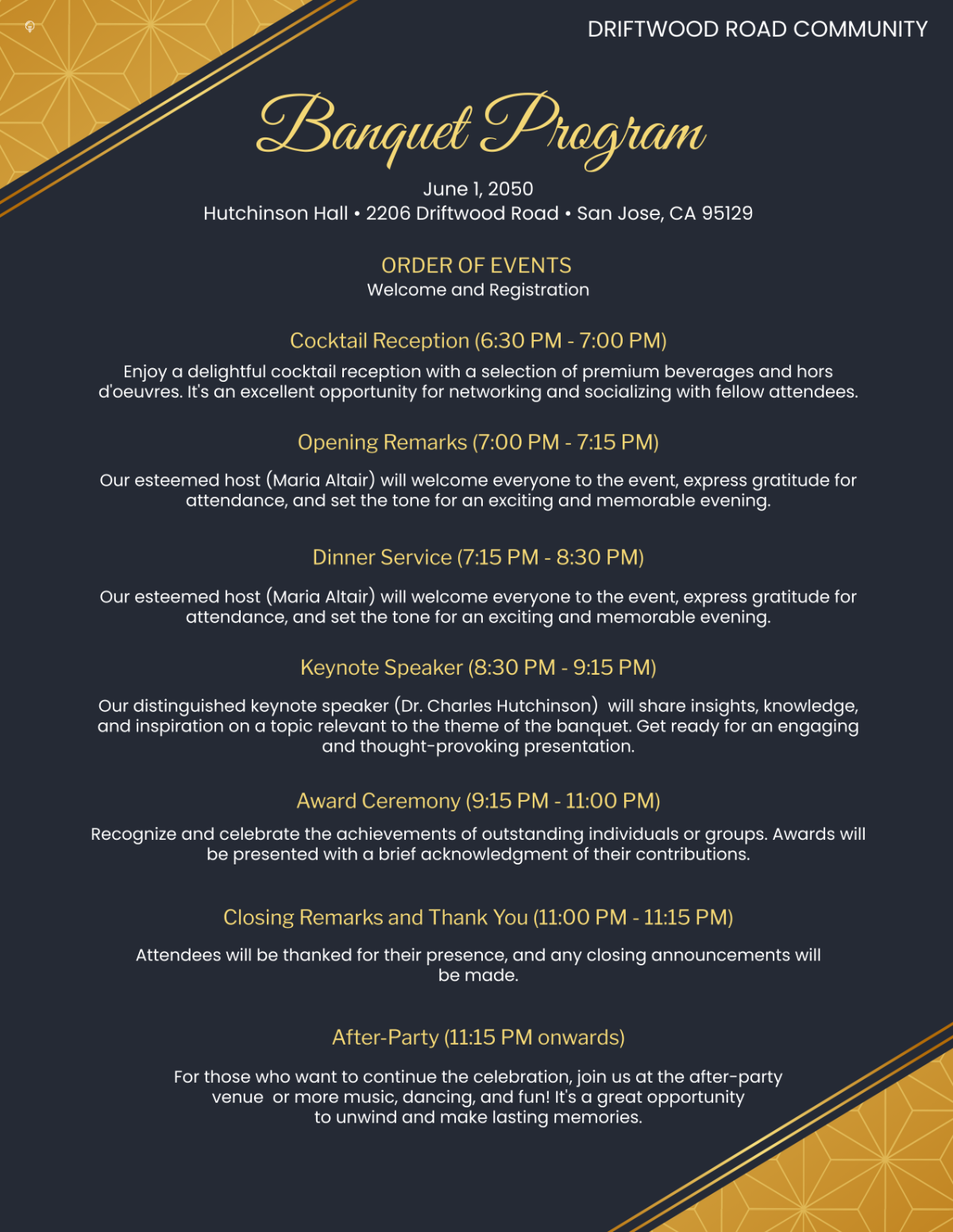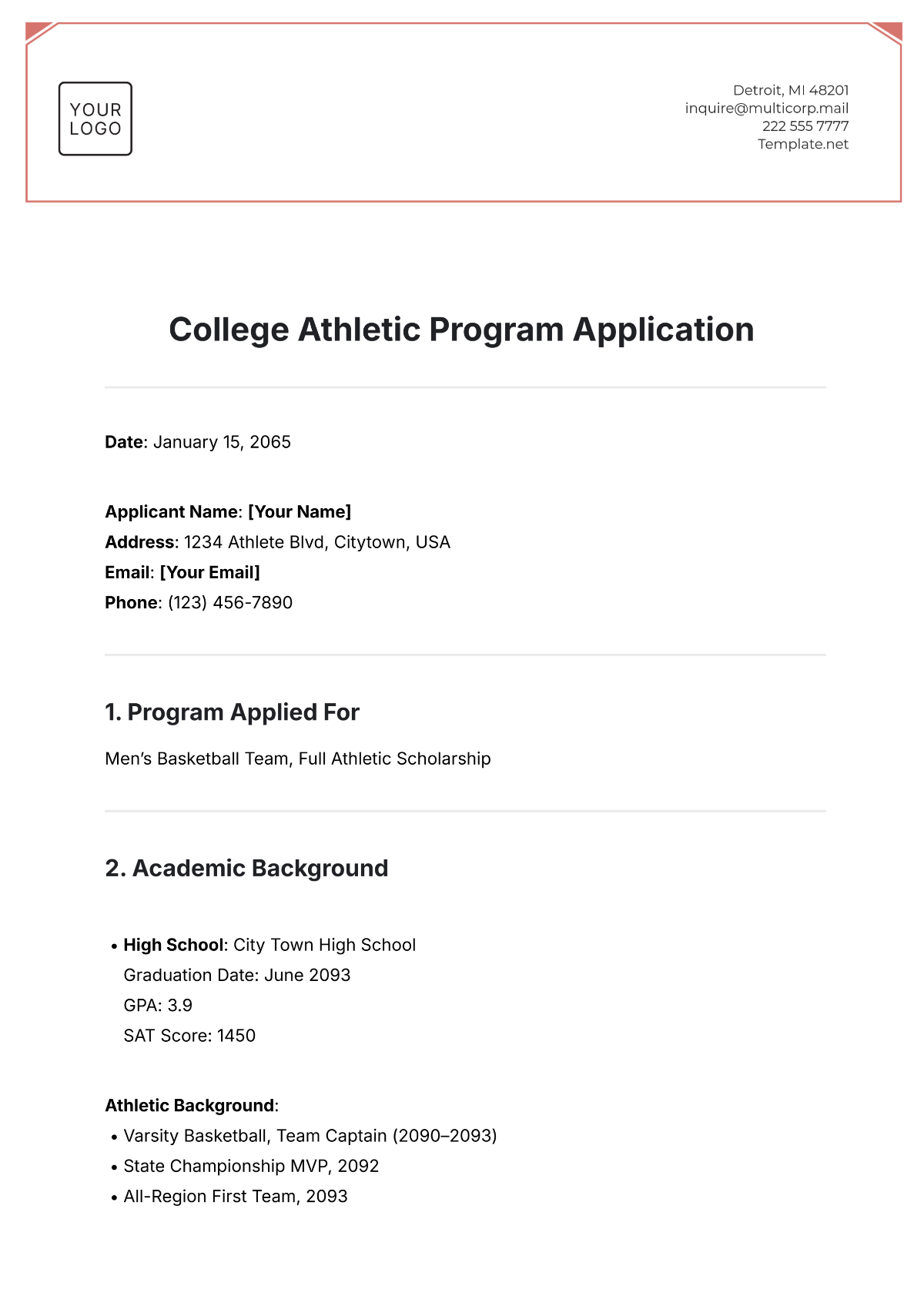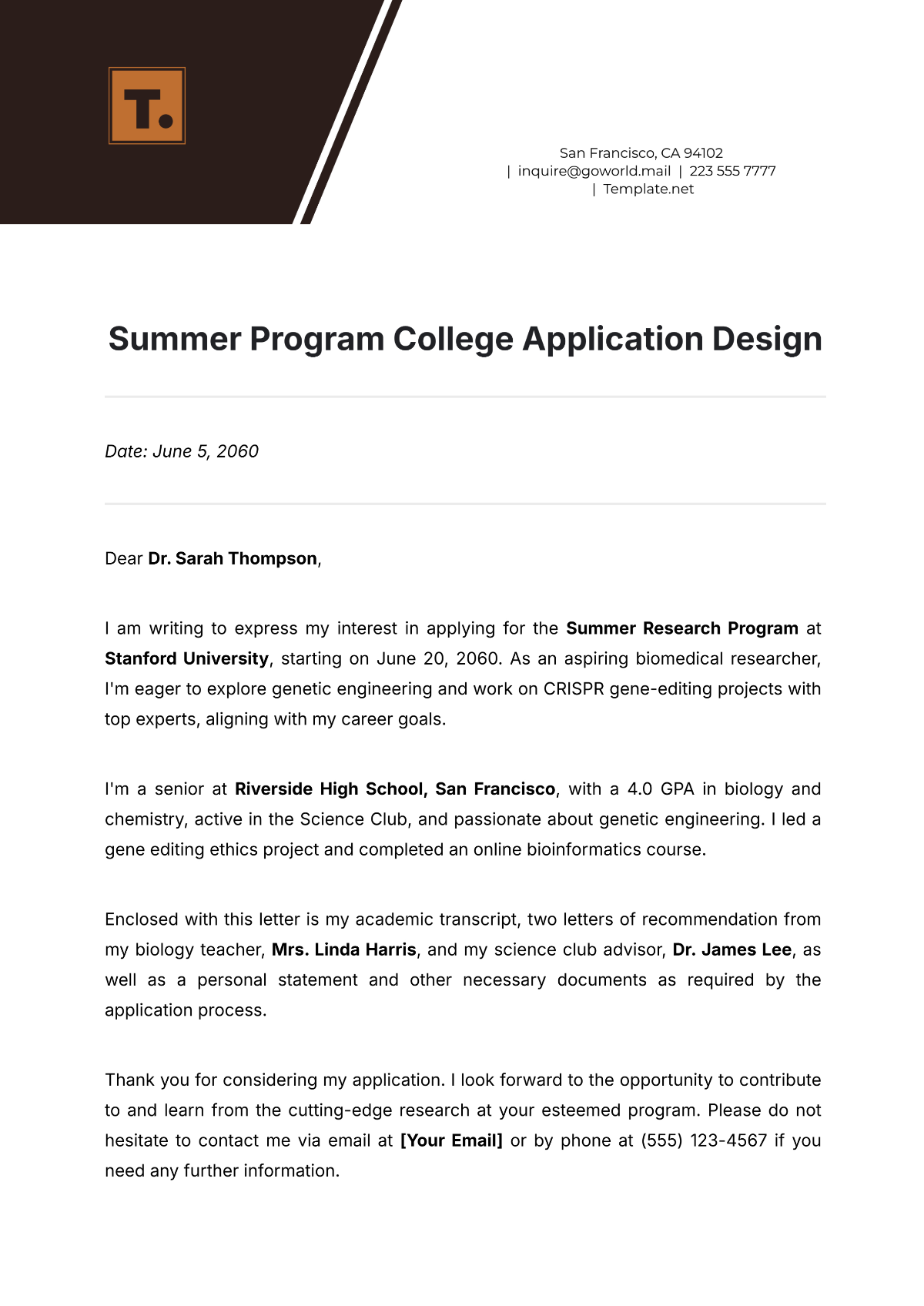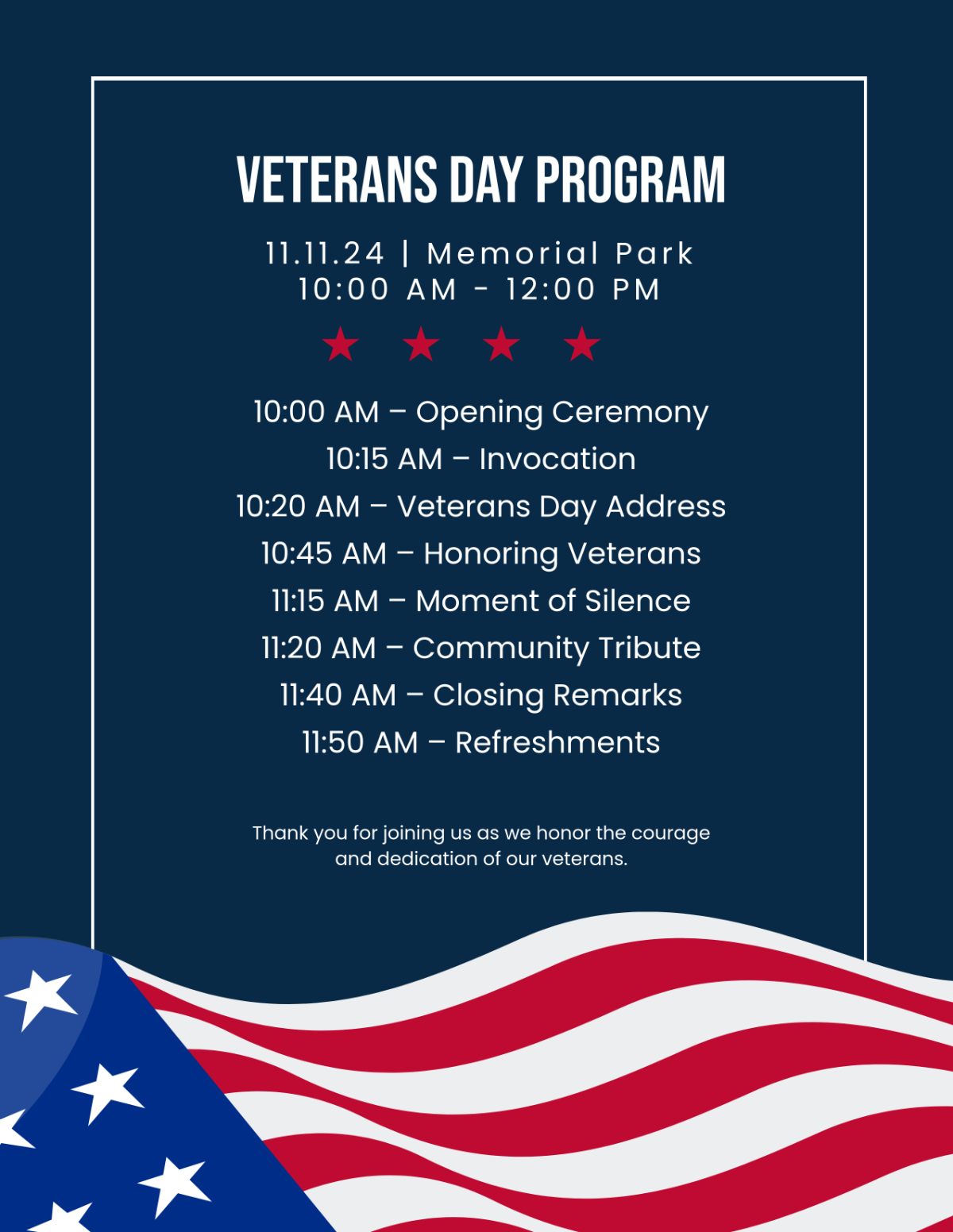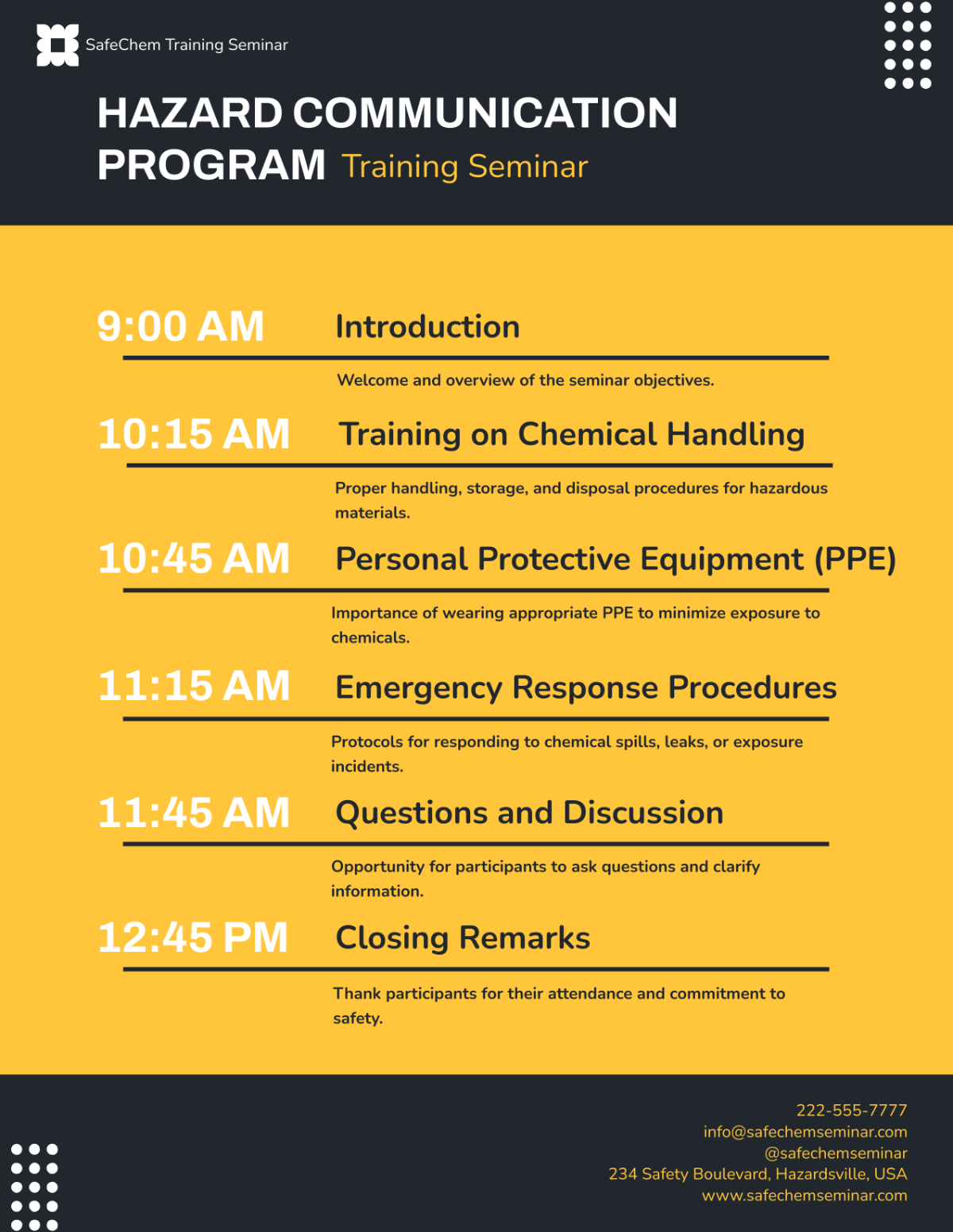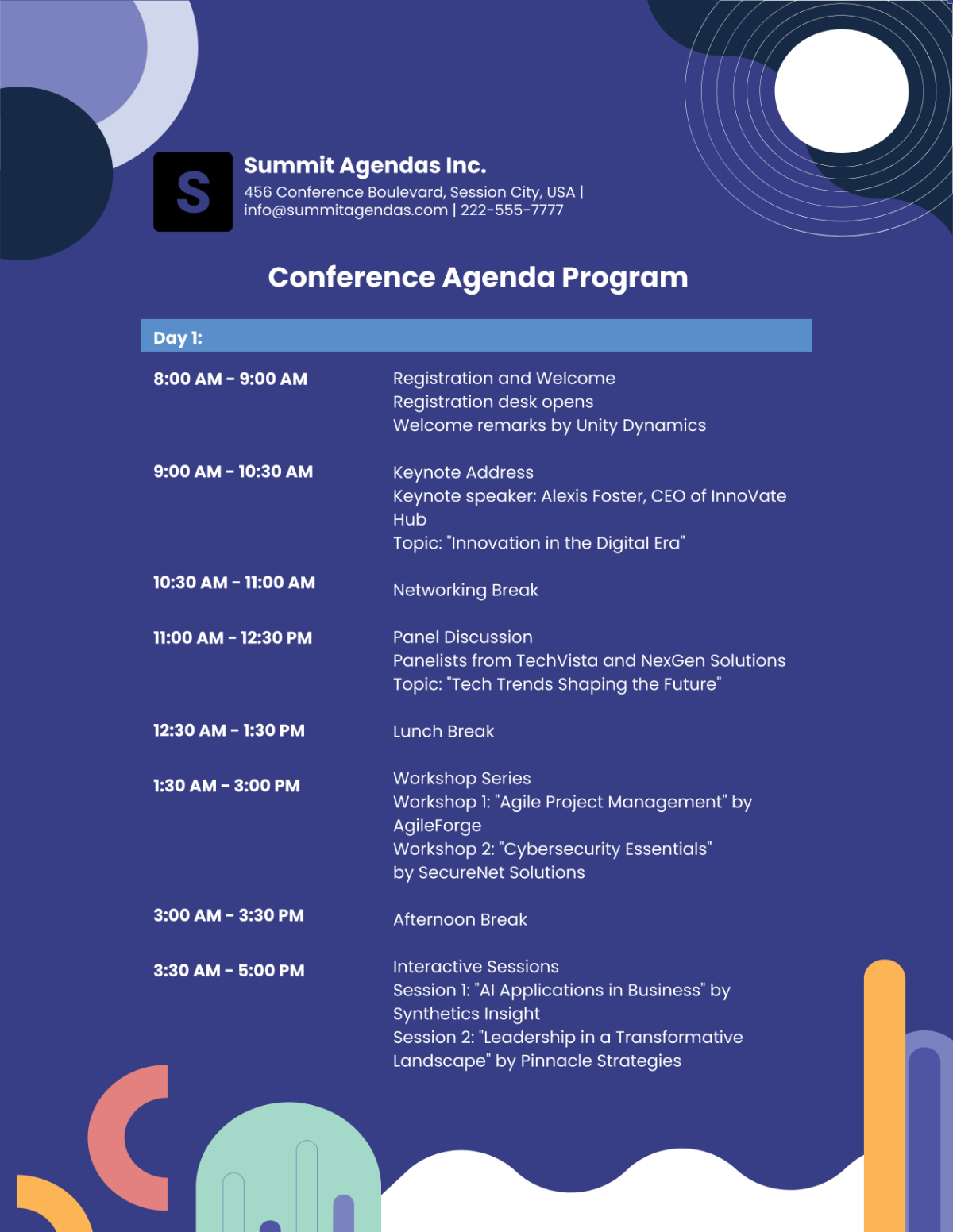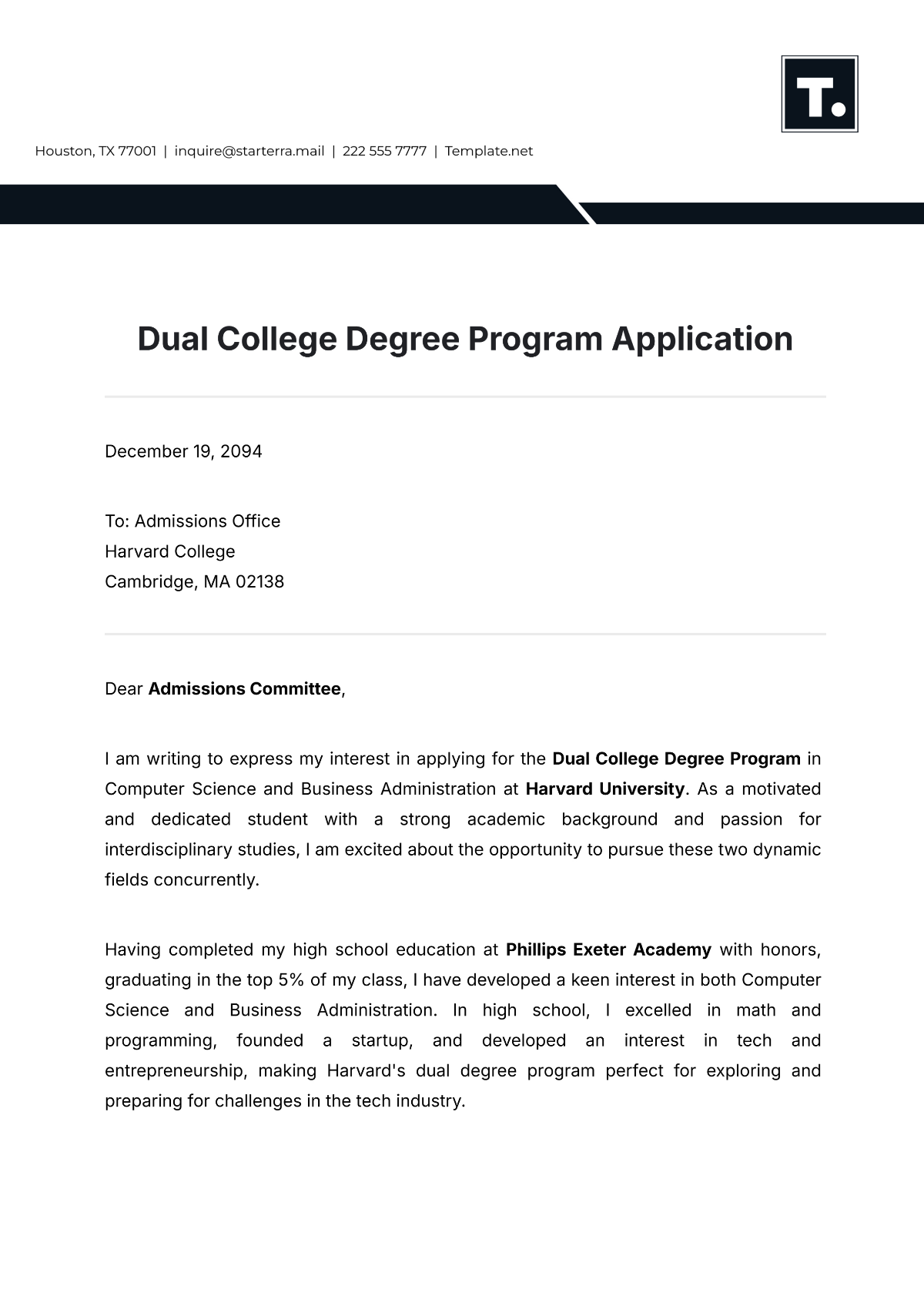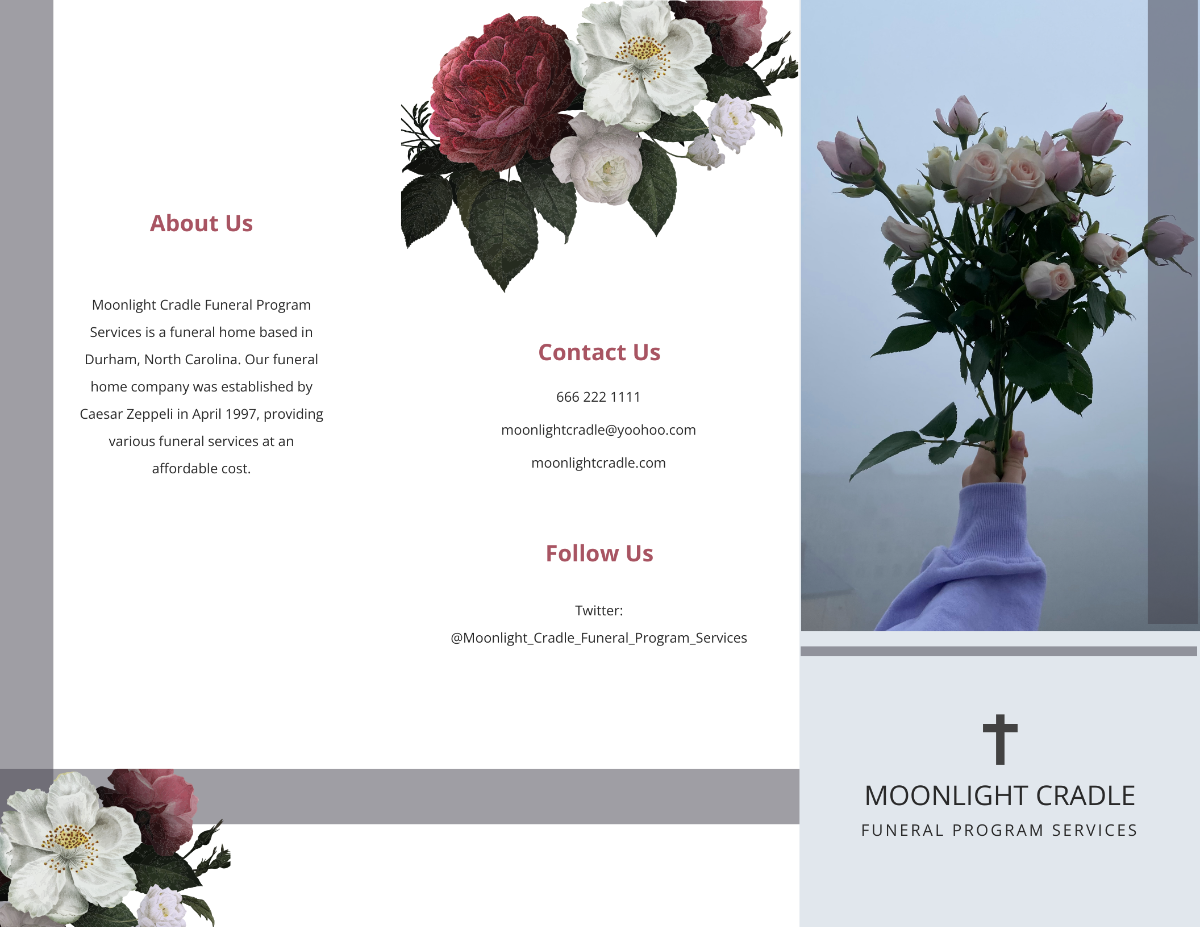Account Budgeting Program Plan
The Account Budgeting Program Plan for 2050 outlines the strategic objectives, revenue goals, expense budgeting, resource allocation, investment priorities, risk management strategies, and performance measurement mechanisms for [Your Company Name]'s flagship account, [Account Name]. This plan aims to drive sustainable growth, maximize profitability, and enhance the overall performance of the account in alignment with the organization's mission and vision.
I. Introduction
[Your Company Name] is pleased to present the Account Budgeting Program Plan for 2050 for [Account Name]. As one of the organization's key accounts, [Account Name] plays a critical role in driving revenue generation and fostering long-term relationships with clients. The budgeting plan for 2050 reflects our commitment to strategic planning, resource optimization, and performance excellence.
II. Strategic Objectives
Effective resource allocation is essential for achieving our strategic objectives within the allocated budget. The personnel costs allocation ensures that we have the right talent in place to drive innovation and deliver exceptional service to our clients. Our investment in marketing initiatives aims to amplify brand visibility and attract new customers, while operational investments focus on enhancing efficiency and service quality. Research and development funding supports our commitment to continuous innovation and product enhancement, ensuring that we remain competitive in the market. Additionally, allocating contingency funds provides us with the flexibility to address unforeseen challenges and capitalize on emerging opportunities as they arise.
III. Revenue Forecasting and Goals
Year | Forecasted Revenue (USD) |
|---|---|
2049 | $50,000,000 |
2050 | $57,500,000 (Target) |
2051 | $66,125,000 (Projected) |
IV. Expense Budgeting
Expense Category | 2050 Budget (USD) |
|---|---|
Personnel Costs | $20,000,000 |
Marketing | $5,000,000 |
Operations | $8,000,000 |
R&D | $3,500,000 |
IT Infrastructure | $2,500,000 |
Contingency | $5,000,000 |
V. Resource Allocation
Effective resource allocation is essential for achieving our strategic objectives within the allocated budget. The personnel costs allocation ensures that we have the right talent in place to drive innovation and deliver exceptional service to our clients. Our investment in marketing initiatives aims to amplify brand visibility and attract new customers, while operational investments focus on enhancing efficiency and service quality. Research and development funding supports our commitment to continuous innovation and product enhancement, ensuring that we remain competitive in the market. Additionally, allocating contingency funds provides us with the flexibility to address unforeseen challenges and capitalize on emerging opportunities as they arise.
VI. Investment Priorities
Our investment priorities are aligned with our strategic goals and market opportunities to maximize returns and drive sustainable growth. The launch of a new product line in emerging markets represents a strategic expansion opportunity that leverages our existing capabilities and addresses unmet customer needs. Expansion of sales and distribution channels reflects our commitment to broadening our market reach and capturing new revenue streams. Implementing a CRM system underscores our focus on enhancing customer engagement and loyalty, driving long-term profitability and market differentiation.
VII. Risk Management
Effective risk management is integral to safeguarding our financial health and preserving shareholder value. Our proactive approach to market volatility includes diversification strategies and scenario planning to mitigate the impact of economic fluctuations on revenue and profitability. Technological disruptions are addressed through ongoing investment in innovation and digitalization, ensuring that we remain agile and adaptable to industry shifts. Additionally, our compliance monitoring processes enable us to stay ahead of regulatory changes, minimizing legal risks and maintaining our reputation as a trusted and responsible organization.
VIII. Performance Measurement and Monitoring
Comprehensive performance measurement and monitoring mechanisms are essential for tracking progress towards our strategic objectives and identifying areas for improvement. Monthly financial reviews enable us to assess revenue, expenses, and profitability against budget targets, facilitating timely adjustments and optimization of resource allocation. Quarterly assessments of customer satisfaction metrics and NPS scores provide valuable insights into our service quality and client relationships, guiding initiatives to enhance customer experience and retention. Annual performance evaluations offer a holistic view of our overall progress, informing strategic decision-making and resource allocation for the upcoming fiscal year.
IX. Communication and Stakeholder Engagement
Transparent communication and stakeholder engagement are fundamental to fostering alignment, accountability, and collaboration throughout the budgeting process. Monthly meetings with key stakeholders provide opportunities to review budget performance, discuss challenges, and align on strategic priorities, ensuring collective ownership and commitment to achieving our goals. Quarterly updates to senior management enable us to demonstrate progress, address concerns, and solicit feedback on budget utilization and strategic initiatives. Additionally, maintaining open channels for employee feedback fosters a culture of innovation and continuous improvement, empowering our team to contribute ideas and insights for optimizing budget execution and driving organizational success.
X. Implementation Plan
The implementation plan outlines a structured approach for executing the budgeting plan and achieving our strategic objectives throughout the fiscal year. Finalizing budget allocations in Q1 ensures clarity and alignment on resource priorities, setting the stage for effective implementation. Throughout Q2-Q4, we will execute strategic initiatives outlined in the budget plan, closely monitoring performance and making adjustments as needed to stay on track. Ongoing review and updates to the budget plan will occur in response to evolving market conditions, organizational priorities, and feedback from stakeholders, ensuring agility and adaptability in achieving our goals.
XI. Conclusion
In conclusion, the Account Budgeting Program Plan for 2050 provides a comprehensive roadmap for maximizing value creation and driving sustainable growth for [Account Name]. Through strategic resource allocation, prudent investment priorities, proactive risk management, robust performance measurement, and transparent communication, we are poised to achieve our strategic objectives and deliver superior outcomes for our clients and stakeholders. By embracing a culture of innovation, collaboration, and accountability, we are confident in our ability to navigate challenges, capitalize on opportunities, and achieve long-term success in an ever-evolving business landscape.










